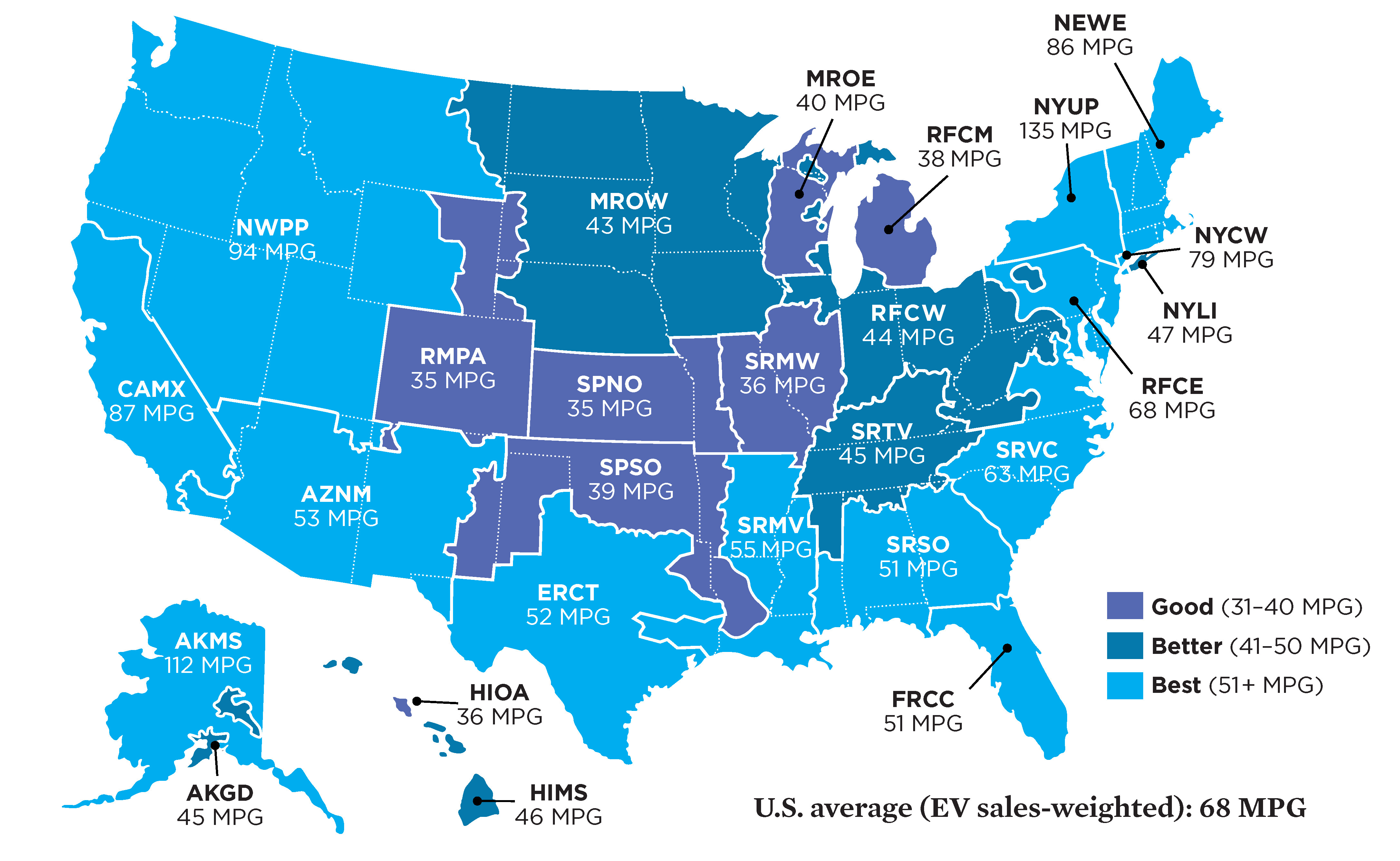By David Roberts
Did you join a National Drive Electric Week event in September? If so, you were in good company with over 270 electric car demonstrations across all 50 states demonstrating the benefits of plug-in electric vehicles (EVs) for thousands of visitors. A sampling of responses to some of the most popular questions heard at these events is below.
- What’s the best EV?
There are many great EV models. The perfect one for you will depend on individual needs and budget:
- Teslas are at the upper end of the budget scale, but offer unique qualities other automakers are not able to match (at least not yet). Some models offer over 300 miles of range and a dedicated, nationwide network of fast charging enables long distance travel. They also have an “autopilot” system with increasingly sophisticated automated driving capabilities. Deliveries of their more affordable Model 3 are starting, but if you do not already have a reservation, you will likely have to wait a year or more for delivery.
- The Chevrolet Bolt (238 miles of range) and all-new 2018 Nissan LEAF (150 miles of range, coming in early 2018) are also excellent all-electric options that should have plenty of range for regular driving, even in frigid New England winter conditions. The VW eGolf, BMW i3, Kia Soul EV and other options have over 100 mile range and can work nicely for many households, particularly if there is a good lease or purchase deal on them.
- Plug-in hybrids offer the ability to run on electric battery or gasoline and are the most popular models of electric cars today. These are good if you want the flexibility of running on electric or gasoline for longer trips. The Chevrolet Volt, Toyota Prius Prime, Chrysler Pacifica Hybrid, Hyundai Sonata plug-in hybrid, Ford CMax Energi, Ford Fusion Energi and upcoming Honda Clarity plug-in hybrid all offer at least 20 miles of electric range before switching to gasoline-powered operation.
- The best EV deals are typically found in the used vehicle market, where there is growing availability of several models like the Nissan LEAF and Chevrolet Volt, with some selling for under $10,000. Just be sure to get the battery and other vehicle components checked out before purchasing used to make sure everything is ship shape.
- How does EV charging work?
Most EV owners plug-in at home using a standard 120V outlet, also known as Level 1 charging. This will give about five miles of range per hour of charging. Faster charging is available by stepping up to 240V Level 2 charging (like an electric clothes dryer circuit), which provides 10-20 miles of range per hour of charging. More public charging is coming, although typically it is more expensive than charging at home overnight. Fees are assessed through memberships in charging networks that work like E-Z Pass and charge users by the hour, kWh, or session depending on the host. Many stations charge fees of $1 per hour. DC Fast Charging is available for most all-electric models and provides an 80% charge in about 30 minutes, but at a higher cost due to the additional expense of the equipment and operation.
- What incentives are available?
There is a federal tax credit up to $7,500 and several states offer incentives (see pages 16-17). Some electric utilities are offering EV incentives or discounts on charging as well.
- What about the environmental impacts of power generation and battery manufacturing?
Reducing driving by carpooling, public transit, bicycling or other means are the best ways to reduce your transportation footprint. For those who continue to drive alone, an analysis by the Union of Concerned Scientists found an EV would reduce lifecycle greenhouse gas emissions after six to eighteen months of ownership taking the manufacturing footprint and power generation into consideration. This time period will decrease as cleaner energy sources are increasingly used to power our grid. The map below shows the equivalent miles per gallon emissions for EVs in different parts of the USA, depending on the emissions associated with electric power generation. Automakers continue to search out lower impact and longer life options for batteries and are developing second life applications and recycling options for batteries when they reach the end of their useful life in the vehicle.

Electric Vehicle Global Warming Pollution Ratings and Gasoline Vehicle Emissions Equivalents by Electricity Grid Region. Image: Union of Concerned Scientists, 2015.
- How much does it cost to maintain an EV?
EVs cost less to maintain than the most regular internal combustion engines. Regenerative braking puts energy back in the battery and saves wear and tear on brakes. All-electric models have vastly fewer drivetrain components and no engine requiring oil changes. The batteries are typically warranted for eight years or 100,000 miles (whichever comes first), although do expect to see some capacity loss over that time period. There are Teslas and Volts with hundreds of thousands of miles on them and near-new electric range.
Mark your calendars for next year’s National Drive Electric Week festivities September 8-16, 2018. More in-depth electric car information is available at the Drive Electric Vermont website: www.DriveElectricVT.com
David Roberts is the Drive Electric Vermont coordinator. He has driven an all-electric Nissan LEAF for the past five years and says if you have to drive, drive electric.
Top EV Questions Answered posted first on Green Energy Times

No comments:
Post a Comment